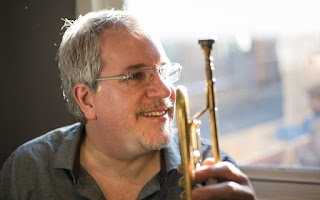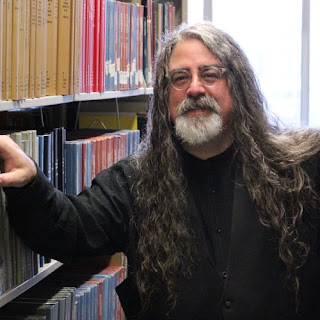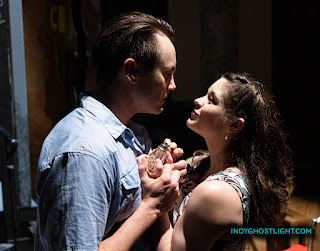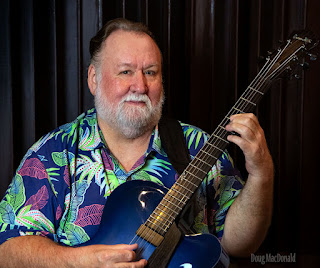A darker shade of pale: 'Two Mile Hollow' is Phoenix Theatre 's gated community with the locks off

The caricature is intense and some of the speeches are rat-a-tat word salad. This hit me in the first ten minutes of "Two Mile Hollow" at Phoenix Theatre Thursday night. The characters are flat and brazen, even though there are dips and peaks in their presentation: Actors can chew the scenery like demented termites, and no harm will be done to the overall result. Christopher brings from Hollywood his sense of entitlement, along with his personal assistant. Mikael Burke, a Chicagoan who was one of Indianapolis theater's stars at the turn of this century, seems to be in his element returning to the Phoenix to direct an adept cast, tuned to a high pitch of mania. The basis of Leah Nanako Winkler 's excoriating comedy is to have a snooty, excessively self-focused white family played by actors of color in order to present a vivid contrast to an Asian-American woman's anxiety about life and career. The family is preparing to give up its palatial home in the H
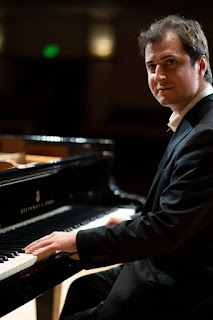
.jpg)

